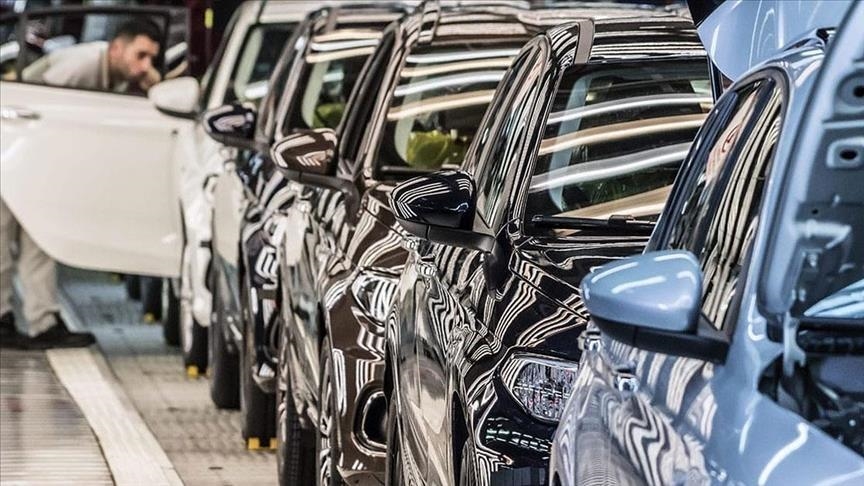The digital world is a turbulent ocean where waves of bad publicity can crash violently onto the reputation of an individual or a company. However, there are seasoned surfers who manage to turn these negative waves into lucrative opportunities. A notable example is Sixt, a car rental company, which successfully capitalized on the bad publicity surrounding President François Hollande’s scooter and his involvement in the affair with actress Julie Gayet, a story we’ll delve into later.
- Ingenious Strategies
Reactivity and Speed: When controversy erupts, reactivity and speed become powerful weapons. It is essential to stay vigilant, ready to act at the first signs of turbulence. Brands that succeed in this endeavor are those that seize the opportunity to react quickly, capitalizing on the freshness of the bad publicity. This responsiveness makes the campaign both relevant and impactful as it aligns with the immediate context of the event.
- Well-Timed Humor
Humor can be a secret weapon to defuse the negative effects of controversy. However, it’s crucial to wield this tool with finesse. By approaching the issue with lightness, without appearing disrespectful, a brand can captivate the public’s attention while softening the impact of bad publicity. Well-timed humor transforms a delicate situation into an entertainment opportunity, eliciting positive reactions and mitigating the detrimental consequences.
- Capitalizing on Current Events
Bad publicity is often closely linked to widely publicized events. Capitalizing on current events allows a brand to create a campaign grounded in the immediate context, ensuring maximum visibility. Using a highly publicized event as a starting point for a new initiative capitalizes on the already-present attention in the public’s mind, creating an instant connection with current affairs, reinforcing the campaign’s relevance, and maximizing its reach.
The scooter affair example
A few years ago, the media was flooded with revelations about the then-French President François Hollande. He was photographed several times on a scooter in front of actress Julie Gayet’s residence. While this affair created shockwaves in the political world, it also generated an unexpected opportunity for advertisers.
The presidential scooter affair demonstrates that even bad publicity can be transformed into opportunities for strategic communication. Sixt brilliantly surfed this tumultuous wave to create positive buzz and increase its visibility. This campaign shows that with creativity, reactivity, and a touch of humor, it’s possible to ride the waves of others’ bad publicity to propel one’s own brand to new horizons.
Sixt, the innovative car rental company, was the first to dive into this sea of controversy with a clever advertisement. They took the risk of using the incident to create positive and memorable buzz. In this case, Sixt’s advertisement skillfully played on humor, directly addressing the French president in a humorous piece of advice: “Mr. President, next time, avoid the scooter. Sixt rents cars with tinted windows.” This phrase not only captured the public’s attention but also demonstrated Sixt’s ingenuity in leveraging the situation to their advantage.
This case study shows that it is possible to turn a bad buzz into a positive opportunity for a brand. However, it is important to do so with caution and tact. The key is to be quick, humorous, and relevant to the context.




